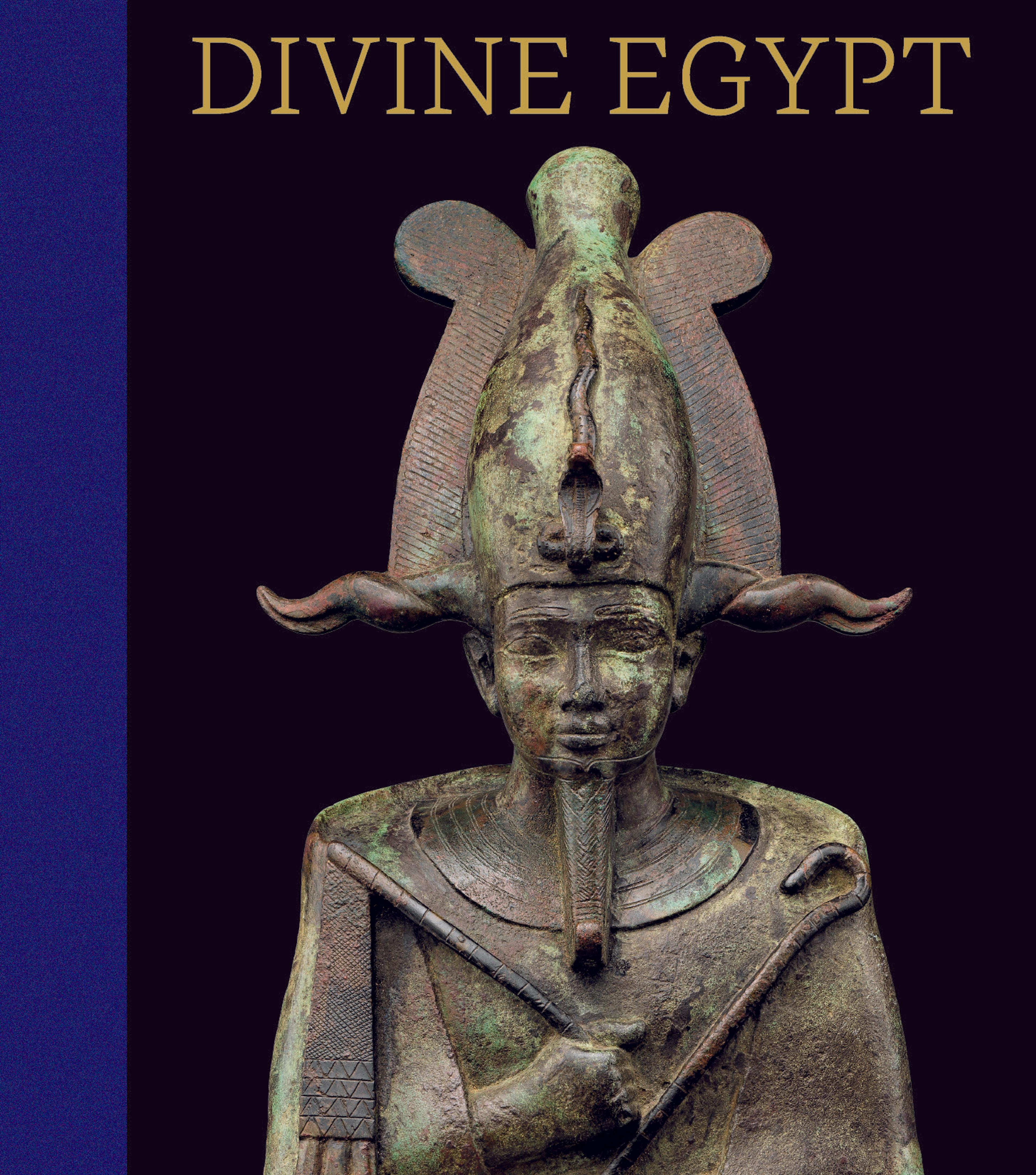Stela showing Djedbastet adoring Re-Harakhty-Atum
This stela is one of four found near the doorway of a brick chapel built during the 22nd Dynasty (ca. 800 B.C.) in the courtyard of a usurped tomb of Dynasty 11 (ca. 2050 B.C.). The painted panels belong to family members and associates of a wab (purification) priest named Siah. All of the stelae are painted in green, red, yellow and black on a white ground.
Here Djedbastet, son of Penby, raises his arms in adoration before the falcon-headed Re-Harakhty-Atum. The inscription identifies him as a wab priest of Amun and a Scribe of the [House of the] Divine Votaress of Amun. Djedbastet's relationship to the Siah family is not clear. Note the offering stand between the two figures, which is almost identical to that seen on another of the stelae from this chapel (see 22.3.32).
The back of the stela is undecorated.
Here Djedbastet, son of Penby, raises his arms in adoration before the falcon-headed Re-Harakhty-Atum. The inscription identifies him as a wab priest of Amun and a Scribe of the [House of the] Divine Votaress of Amun. Djedbastet's relationship to the Siah family is not clear. Note the offering stand between the two figures, which is almost identical to that seen on another of the stelae from this chapel (see 22.3.32).
The back of the stela is undecorated.
Artwork Details
- Title:Stela showing Djedbastet adoring Re-Harakhty-Atum
- Period:Third Intermediate Period
- Dynasty:Dynasty 22
- Date:ca. 825–712 BCE
- Geography:From Egypt, Upper Egypt, Thebes, Deir el-Bahri, west of Priests' Cemetery, Tomb MMA 801, MMA excavations, 1921–22
- Medium:Wood, paste, paint
- Dimensions:H. 29.8 × W. 22.9 × D. 2.5 cm (11 3/4 × 9 × 1 in.)
- Credit Line:Rogers Fund and Edward S. Harkness Gift, 1922
- Object Number:22.3.34
- Curatorial Department: Egyptian Art
More Artwork
Research Resources
The Met provides unparalleled resources for research and welcomes an international community of students and scholars. The Met's Open Access API is where creators and researchers can connect to the The Met collection. Open Access data and public domain images are available for unrestricted commercial and noncommercial use without permission or fee.
To request images under copyright and other restrictions, please use this Image Request form.
Feedback
We continue to research and examine historical and cultural context for objects in The Met collection. If you have comments or questions about this object record, please contact us using the form below. The Museum looks forward to receiving your comments.
